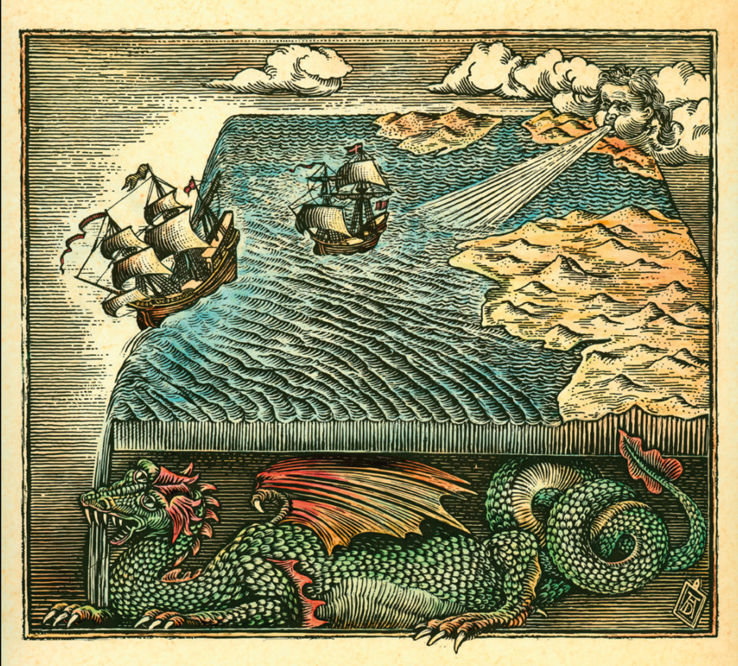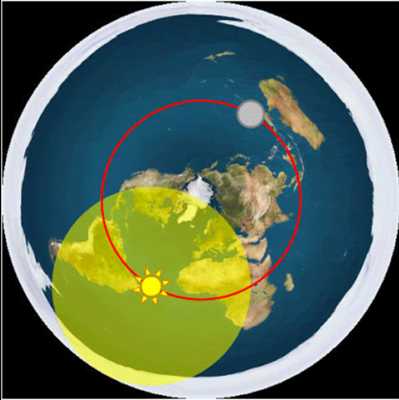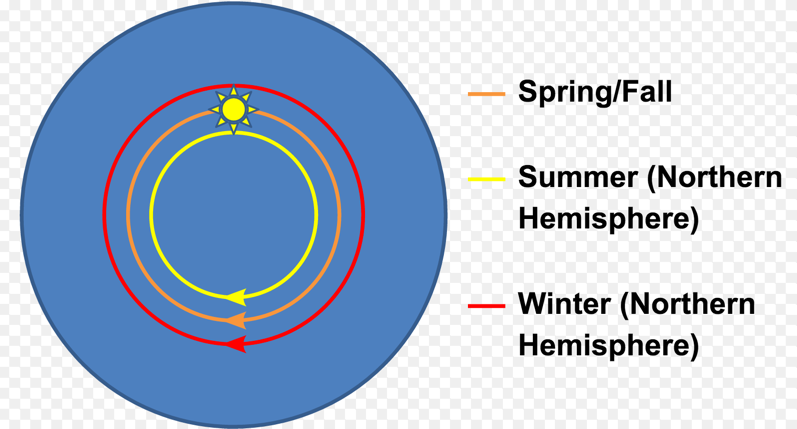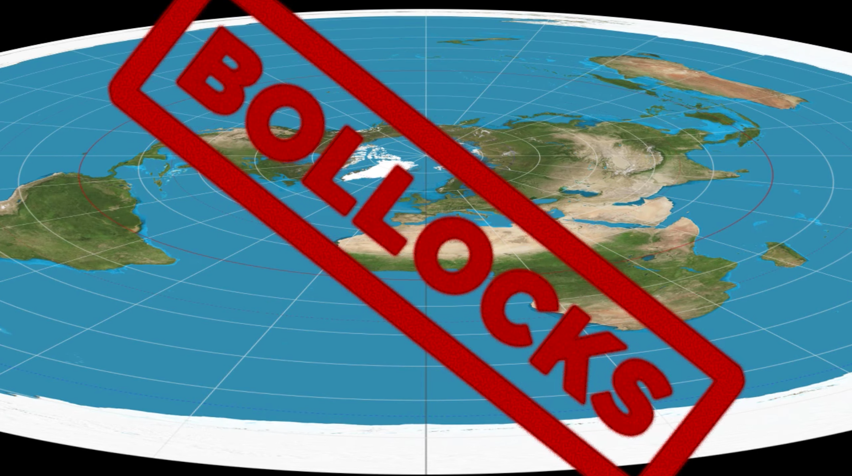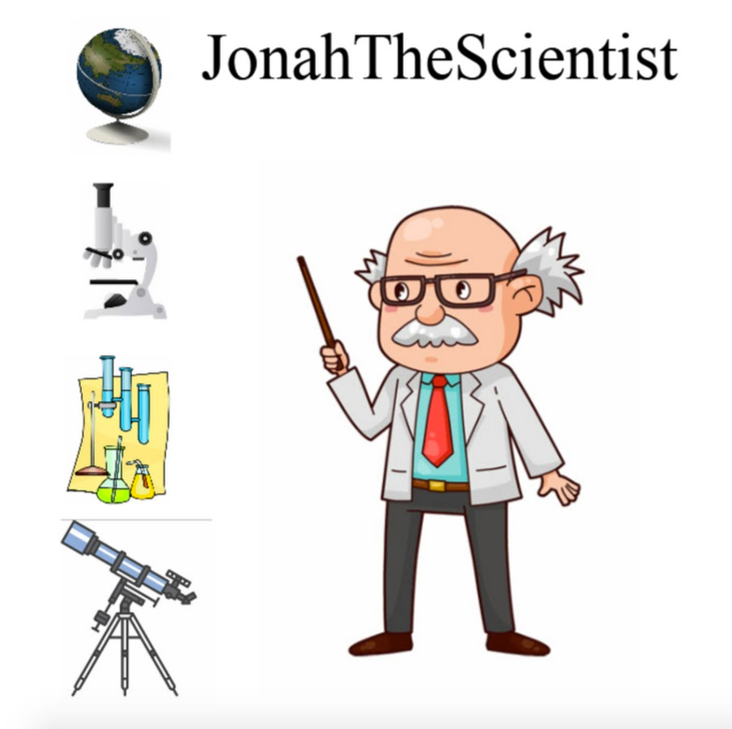FECORE - February 1, 2018 update: Lake Balaton laser experiment now moving to plan B & C
Update - February 1, 2018
* * * * * * * * * * * * * * * * * * * * * * * * * * * * * * * * * * * * * * * * * * * * * * * * * * * * * * * * * * * * * * * * * * * * * * * * * * * * * * * * *
* Supplemental reading after this article
* FECORE 2018 - Lake Balaton and Lake Ijssel laser test - PEER REVIEW
* https://flatearthlunacy.com/index.php/2-uncategorised/932-fecore-2018-lake-balaton-and-lake-ijssel-laser-test-peer-review
*
* * * * * * * * * * * * * * * * * * * * * * * * * * * * * * * * * * * * * * * * * * * * * * * * * * * * * * * * * * * * * * * * * * * * * * * * * * * * * * * * *
Now moving to plan B and C (shore to shore) since the lake will not be frozen in February.
The test is now - if you can just see the laser beam from across the lake, that is their proof of flatness -> no curvature. But that is not a meaningful test. That only leads to inconclusive results.
They have made no provision that the center of the divergent beam remains exactly parallel to the water as it traverses the 65 km across the lake.
For example, if the laser beam is 8-feet above the water at the starting point, will the center of the beam be exactly 8-feet above the water 10, 20, 30, 40, 50 and 60 km's down range? If they do not show measurements to prove that (it's still precisely 8.00-feet above the water) for every meter across the lake, THE RESULTS WILL BE WORTHLESS.
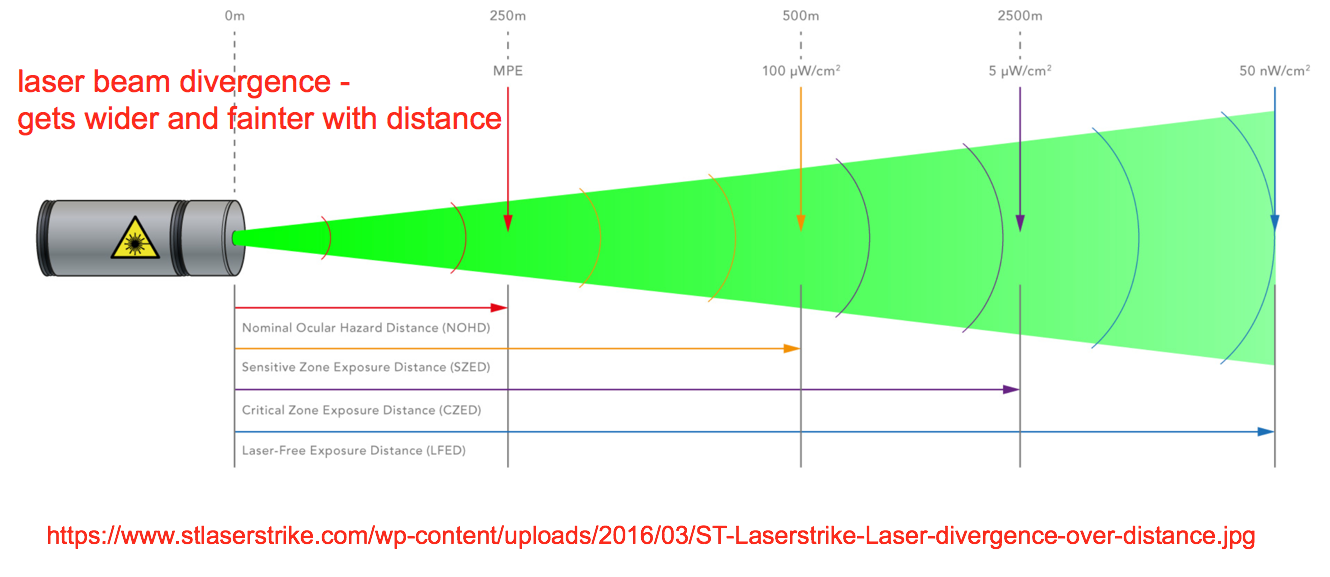
Standard techniques for measuring laser beam divergence thru a collimator -
1. Focal Length Method – this one only is ISO compliant
divergence = tan-1 ( beam width / focal length )
-
2. Far-Field Wide Angle Method - This method is well suited to rapidly-diverging laser beams
divergence = 2 ∙ tan-1 [ beam width / (2 ∙ distance) ]
-
3. Far-Field Two Point Methods - compares the beam width at two points to find the divergence.
divergence = 2 ∙ tan-1 [ ( second beam width – first beam width ) / (2 ∙ distance) ]
-
To date no flat Earth proponent has ever put forward a chart or physics/math model for calculating atmospheric refraction on a flat Earth. FECORE did propose to determine what that value is - for this experiment. I would really like to see that.
So far they have not announced that they will be taking temperature and barometric pressure measurements ALL along the laser 65 km path. Without those, no refraction conclusions are possible. Without this correct allowance for refraction, their results will be inclusive.
These folks at FECORE are non-scientific amateurs and have no idea of how to do it correctly.
Here is a complete scientific exposition on how to determine atmospheric refraction:
Calculation_of_Astronomical_Refraction_-_Copyright__2002__2007_2012_Andrew_T._Young.pdf
https://aty.sdsu.edu/explain/atmos_refr/calc.html
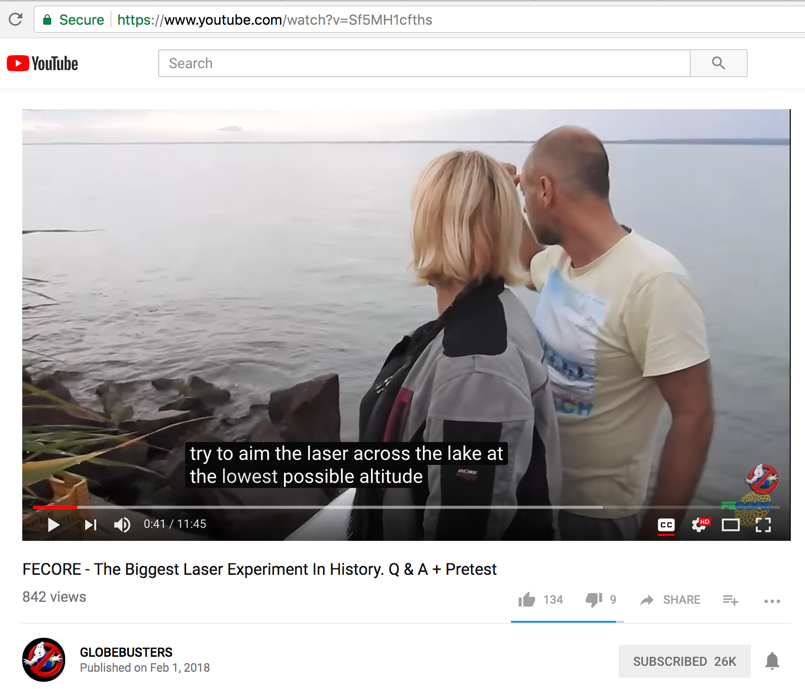
-
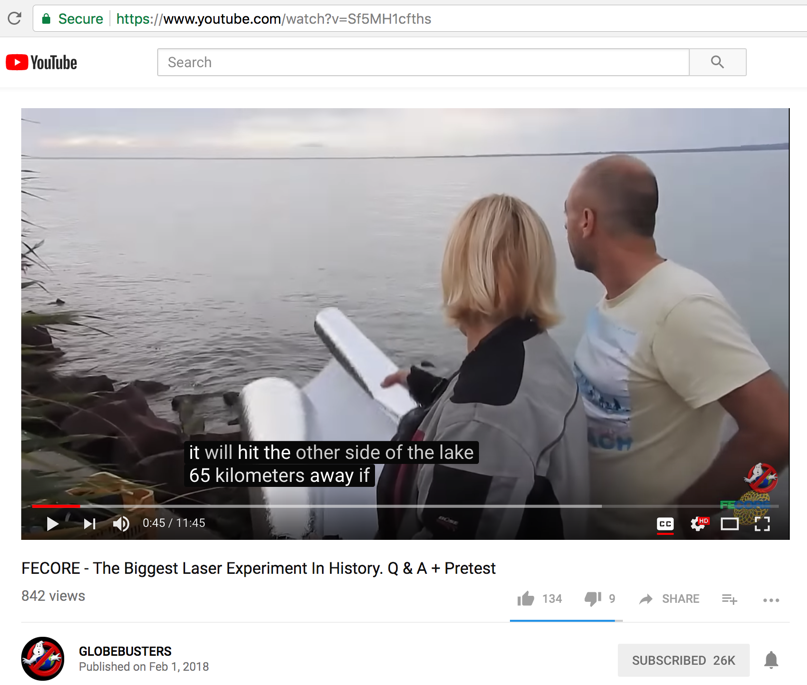
-

-
Their laser beam divergence calculation (spreading out) at 65 km is correct, assuming 0.08 MRAD.
BUT in the real world outside a laboratory, where atmospheric refraction and differential air temperature over the lake is present, the beam divergence will be more than that.
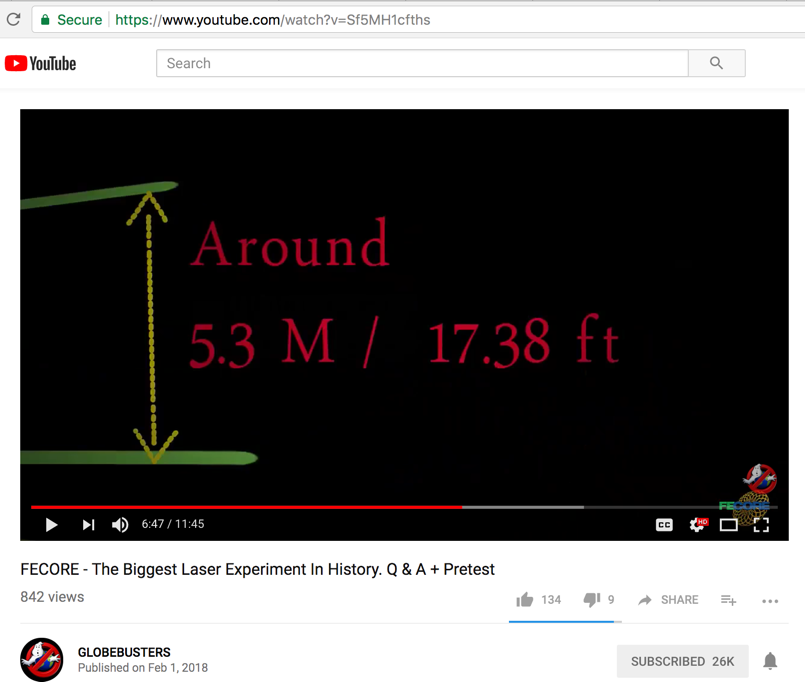
- -
Here are OUR calcs...
Beam diameter after 65,000 meters = 5,225 mm
Area of laser point after 65,000 meters = 21,445,143.82 mm2
Laser intensity after 65,000 meters = 0.00013989 mWmm2

Wattage:
Unlike the other terms, wattage refers not to the amount or quality of light emitted, but rather to the amount of electrical energy poured into the light source. A watt is a unit of measurement for gauging energy consumption. Because some light sources consume energy more efficiently than others, wattage does not always correlate directly to the amount of light produced. To compare the energy efficiency of two light sources, look instead at each one's lumens-per-watt performance, or how much light is produced for each watt of energy the light source consumes.
Lumen:
A lumen is a unit of measurement gauging how much total light a device or bulb produces, regardless of beam focus. Even if two different light sources produce the same lumen measurement, one may dimly light most of a room, while the other may brightly light only a few square feet or even a few square inches.
Watts to lumens calculator
https://www.rapidtables.com/calc/light/watt-to-lumen-calculator.html
The intensity (mW/mm2) of a laser beam on a surface theoretically follows a bivariate normal distribution with maximum intensity at the center, equal variance
A 3-watt laser can ignite wood and paper at short distances
We don't know the exact specification of their laser, so the following may not be an "apple to apple" comparison so to speak, but here is some pertinent laser info to consider:
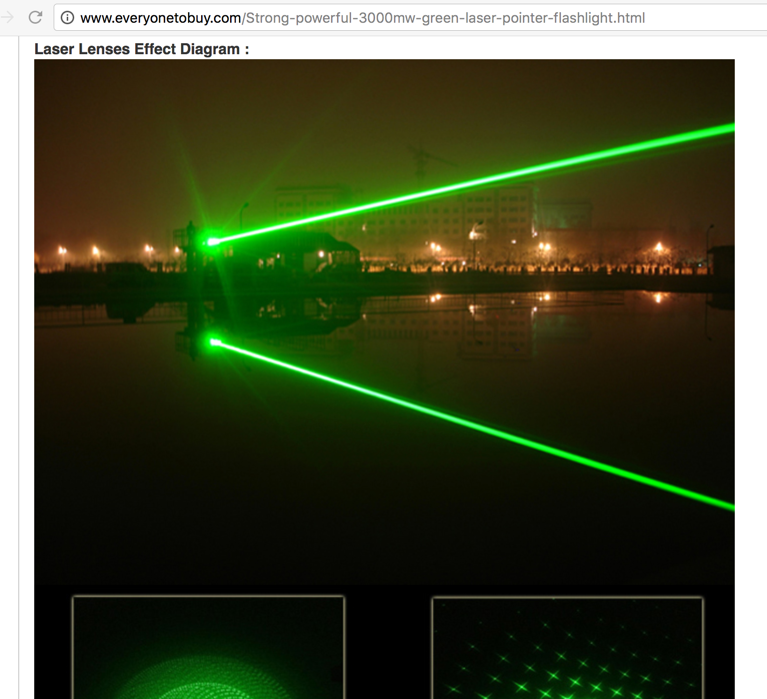
-
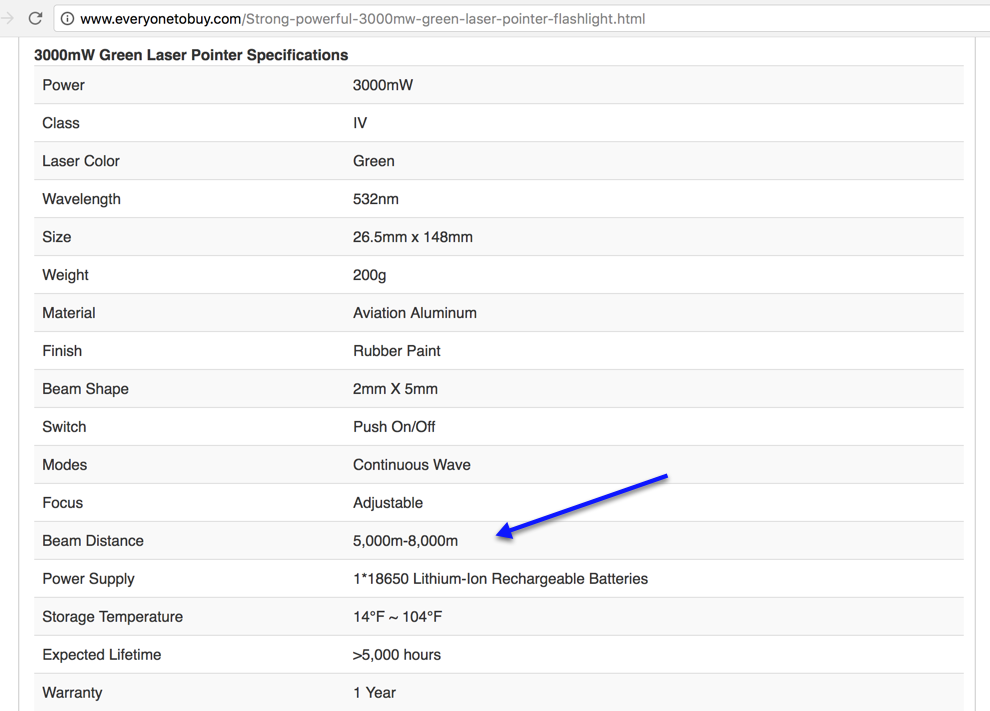
- -
The claim that this Lake Balaton test will be the longest laser test performed in history, is not correct. Many have been performed longer than that.
Survey of the McDonald Observatory Radial Line Scheme - TR NOS 74 NGS 9 Jun 1978 = 92.9 km laser test
https://www.ngs.noaa.gov/PUBS_LIB/TRNOS74NGS9.pdf
BOLLOCK !!!
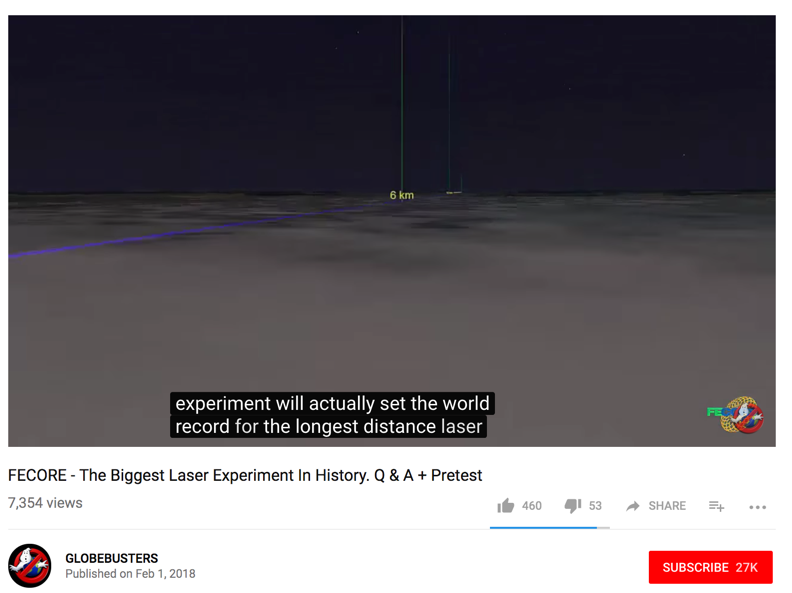
- -
Published on – February 1, 2018
Discussion at - https://www.youtube.com/channel/UC7ipUKERU0tzYFxALJBli4A/discussion
Our home page all articles - http://flatearthlunacy.com
kind regards, JonahTheScientist


